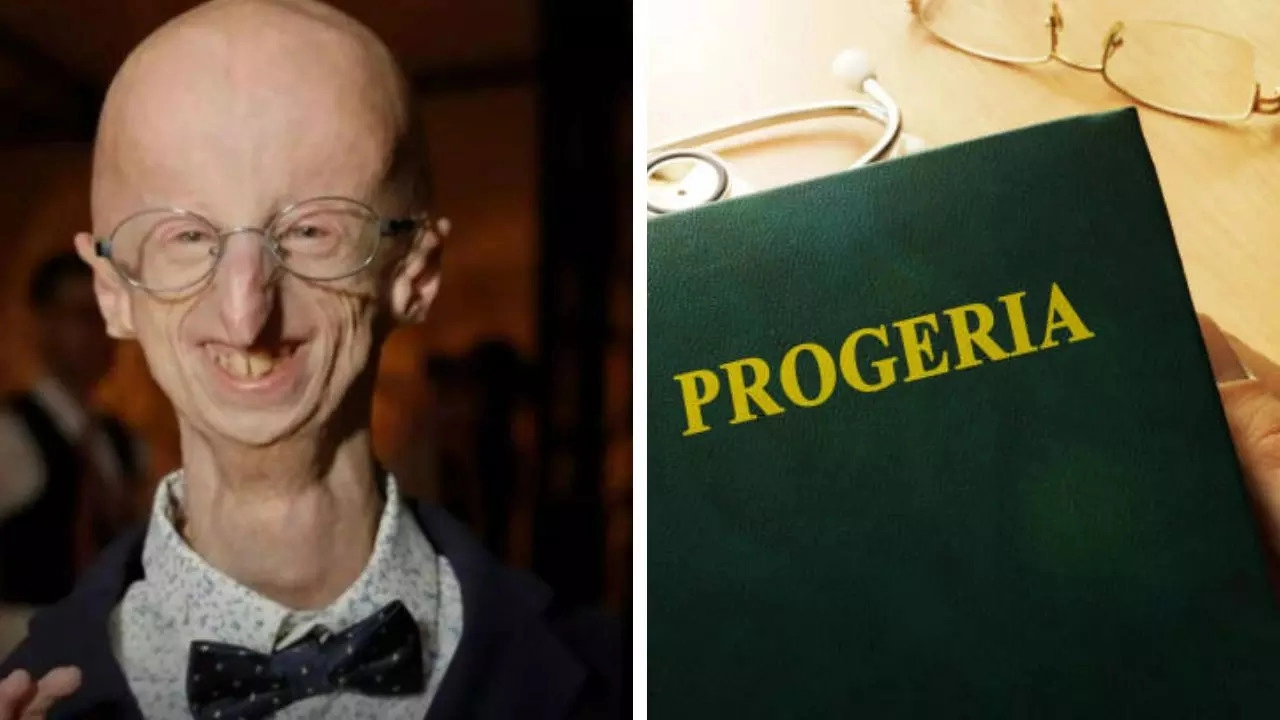Ashima Sharda Mahindra • 08 Oct 2024
Longest-Living Survivor Of Progeria Dies At 28; What Is This Rare Condition That Causes Rapid Ageing?

Tthere are only 130 recognized cases of classic progeria worldwide, of which four are in Italy
Sammy Basso – the longest-living survivor of the rare genetic disease progeria, which leads to rapid ageing, starting the first two years of a child's life - has died at the age of 28, according to news reports. Also known as the Hutchinson–Gilford syndrome or HGPS - progeria makes people appear older than they are - with a reduced quality of life and a life expectancy of only 13.5 years without treatment.
According to statistics, the condition affects one in every eight million people born and has a worldwide incidence of one in every 20 million.
Who was Sammy Basso?
Sammy was diagnosed with progeria at the age of two, after his birth in the Italian region of Veneto in 1995. A decade later, his parents founded the Italian Progeria Association, and he became a household name due to the National Geographic documentary Sammy's Journey, which recounted his life along Route 66 in the United States, from Chicago to Los Angeles, with his parents and one of his best friends, Riccardo.
"Today our light, our guide, has gone out. Thank you, Sammy, for making us part of this wonderful life," the association wrote on its Instagram page. According to news reports, there are only 130 recognized cases of classic progeria worldwide, of which four are in Italy.
How does progeria affect?
Experts say Progeria, being an extremely rare genetic disease, leads to rapid ageing in children, despite being born healthy at birth. After the first few years of their life, children begin to show signs of premature ageing and their growth rate begins to slow down, without them gaining weight.
Children with this condition have typical intelligence, but their condition causes distinct physical characteristics, which include:
- Hair loss
- Prominent, bulging eyes
- Wrinkled skin
- Small and underdeveloped jaw
- Balding
- Stiff joints with a decreased range of motion
- Thin and beaked nose
- Disproportionately small face compared to head size
- Loss of fat under the skin
What causes progeria?
According to experts, a genetic mutation in the LMNA gene causes this condition. This gene is responsible for making a protein called lamin A - an important part of the structural scaffolding that holds the nucleus of each cell in your body together.
A tiny mutation in the gene makes it take an irregular form which makes the nuclei of your cells unstable, slowly damaging them. This leads to the early death of every cell in your body, which causes the process of premature ageing. In all cases of progeria, there is a mutation in the LMNA gene, which means there is no biological family history of the disease, and it is not inherited from a parent.
Can progeria be treated?
Doctors say at present, there is no cure for progeria, but researchers are studying several drugs to treat the condition. The treatment for this condition includes lonafarnib – which improves many aspects of progeria, including an increased average survival rate of children with the disease by two-and-a-half years.
Physical therapy also helps your child achieve a good range of motion, balance, and posture, apart from reducing pain in their hips and feet.
Get Latest News Live on Times Now along with Breaking News and Top Headlines from Health and around the world.